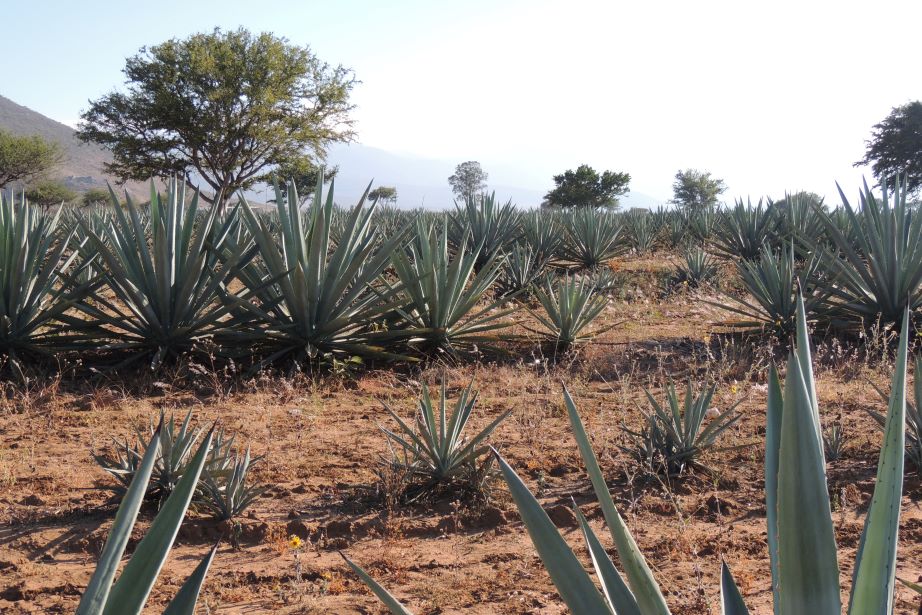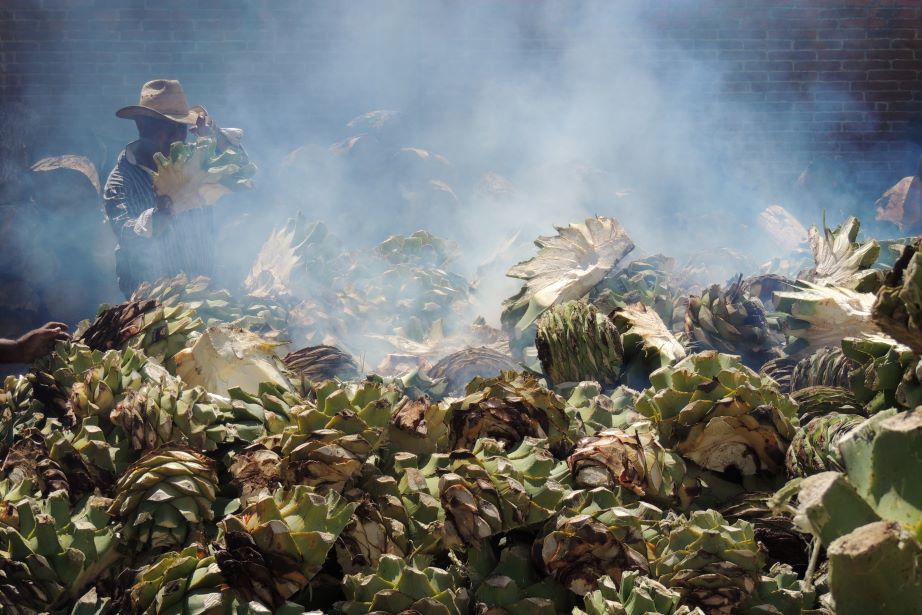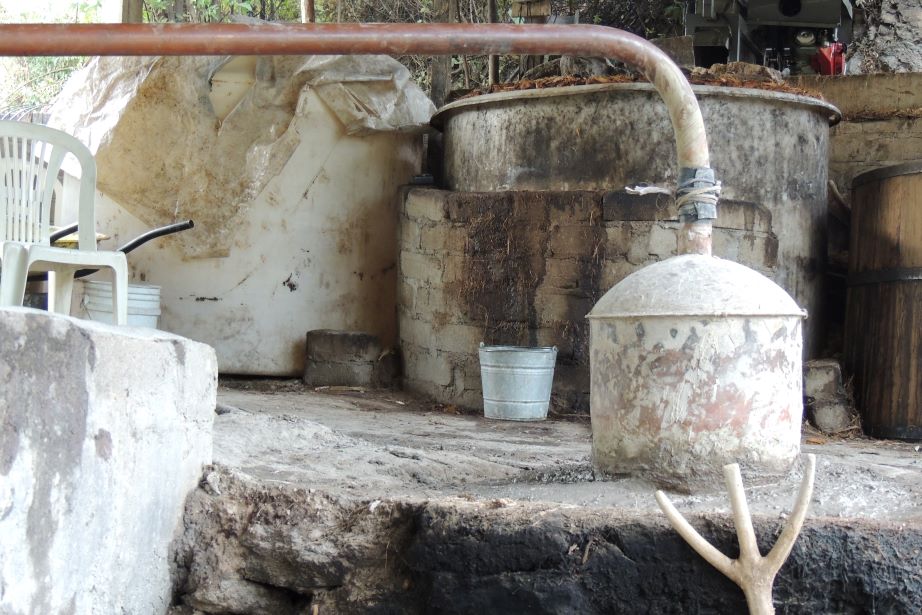Unveiling the Essence of Artisanal Mezcal through Agave Espadín

In the vibrant tapestry of Mexico’s traditions and flavors, one captivating thread weaves through time: artisanal mezcal. The heart of this cherished libation beats with the rhythm of the Agave Espadín, an emblematic plant that has played a pivotal role in the cultural and economic tapestry of Mexico’s mezcal-producing regions.
The Resilient Agave Espadín: A Legacy of Astisanal Work
Scientifically known as Agave angustifolia, the Agave Espadín is a native Mexican species that thrives in various states, including Oaxaca, Guerrero, Durango, San Luis Potosí, and beyond. Its name, “Espadín,” draws inspiration from its dagger-like leaves. For centuries, this plant has been cultivated and revered for the production of mezcal, a spirit deeply rooted in Mexico’s pre-Hispanic history.
The journey of artisanal mezcal commences with the maturation of the Agave Espadín. Patiently nurtured for 7 to 10 years, this succulent accumulates sugars and nutrients in its heart, known as the “piña,” the prized core for distillation. Respecting the agave’s growth cycle is an art in itself, ensuring the quality and authenticity that distinguish artisanal mezcal.

Harvesting the Essence: Handcrafting Mezcal with Agave Espadín
The Agave Espadín harvest is a reverential ritual, performed with meticulous care. Expert “jimadores,” skilled agave harvesters, employ traditional tools to extract the piñas. This manual process preserves the piñas’ integrity, safeguarding the plant’s essence. The Agave Espadín’s optimal size and resilience make it coveted by mezcal artisans for its balanced flavors and distillation attributes.
Once harvested, the piñas undergo a meticulous transformation. Through baking in earth ovens, starches metamorphose into fermentable sugars. Mashed piñas yield “mosto,” the liquid essence that ferments in wooden vats. Traditional fermentation methods, embracing nature’s touch, imbue artisanal mezcal with unique aromas and flavors.
A Dance of Alchemy: Distillation and Elevation
Post-fermentation, the mosto enters the alambiques—copper or clay pot stills. This two-step distillation process eliminates impurities and concentrates flavors, creating “mezcal,” the distillate that undergoes a second refining distillation. Artisanal mezcal’s allure lies in its intricate tapestry of flavors, born from the patience and craftsmanship invested in each drop..
Casta Tribal Process
The Soul of Artisanal Mezcal: Agave Espadín’s Legacy
The Agave Espadín stands as the beating heart of artisanal mezcal, transcending trends as a steadfast symbol of cultural heritage. Masters of the craft, custodians of ancestral traditions, uphold Agave Espadín’s legacy through sustainable and eco-conscious practices. Every bottle of artisanal mezcal bears witness to dedication and devotion, a liquid tribute to the land’s riches and the artisans’ passion.
In conclusion, Agave Espadín reigns supreme in the realm of artisanal mezcal production in Mexico. Its selection, cultivation, and distillation embody history, tradition, and authenticity. As enthusiasts of genuine experiences continue their quest, artisanal mezcal crafted from Agave Espadín remains a luminous star in the culinary cosmos, illuminating Mexico’s roots with every sip.
RECENT POSTS




